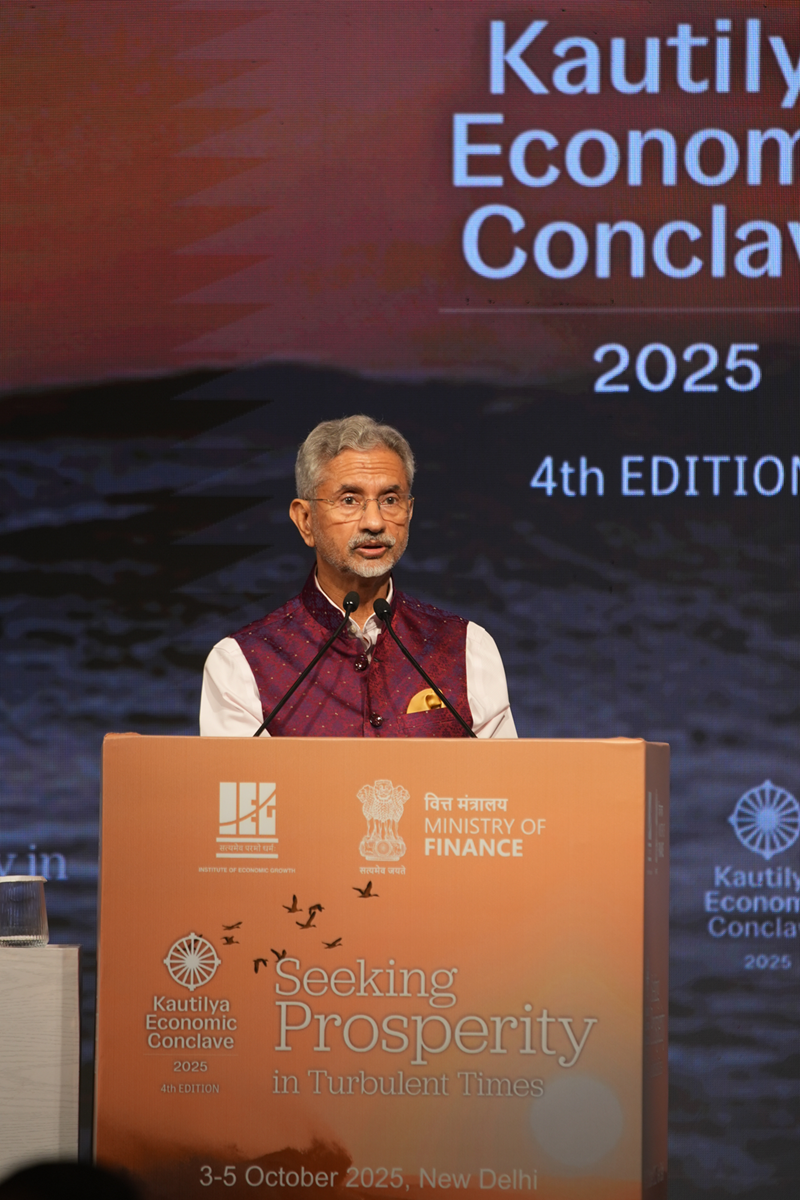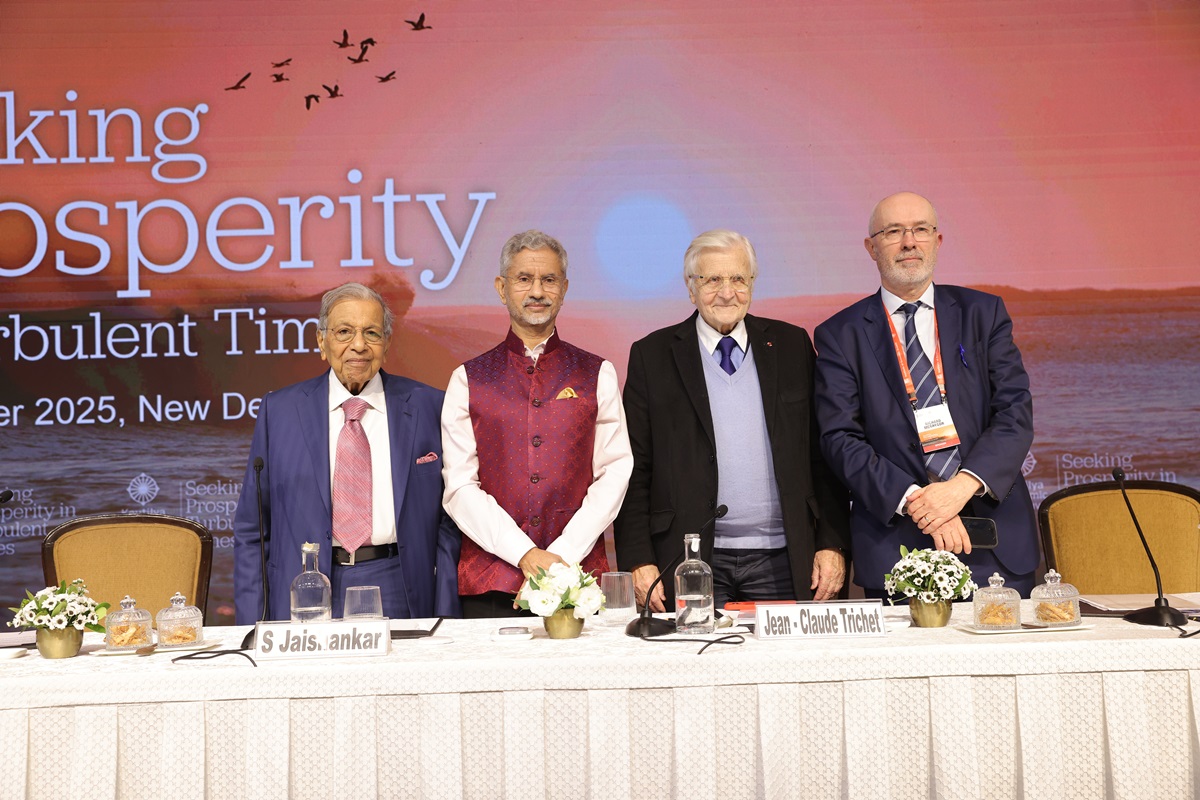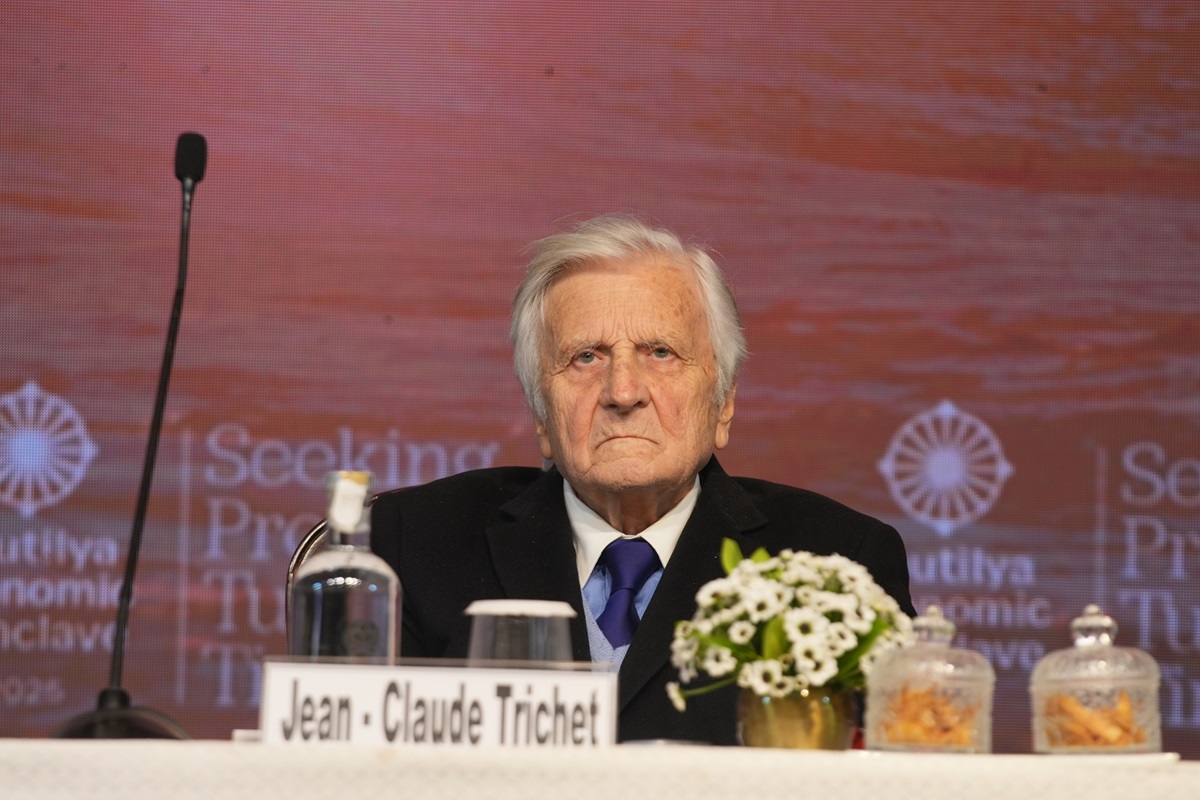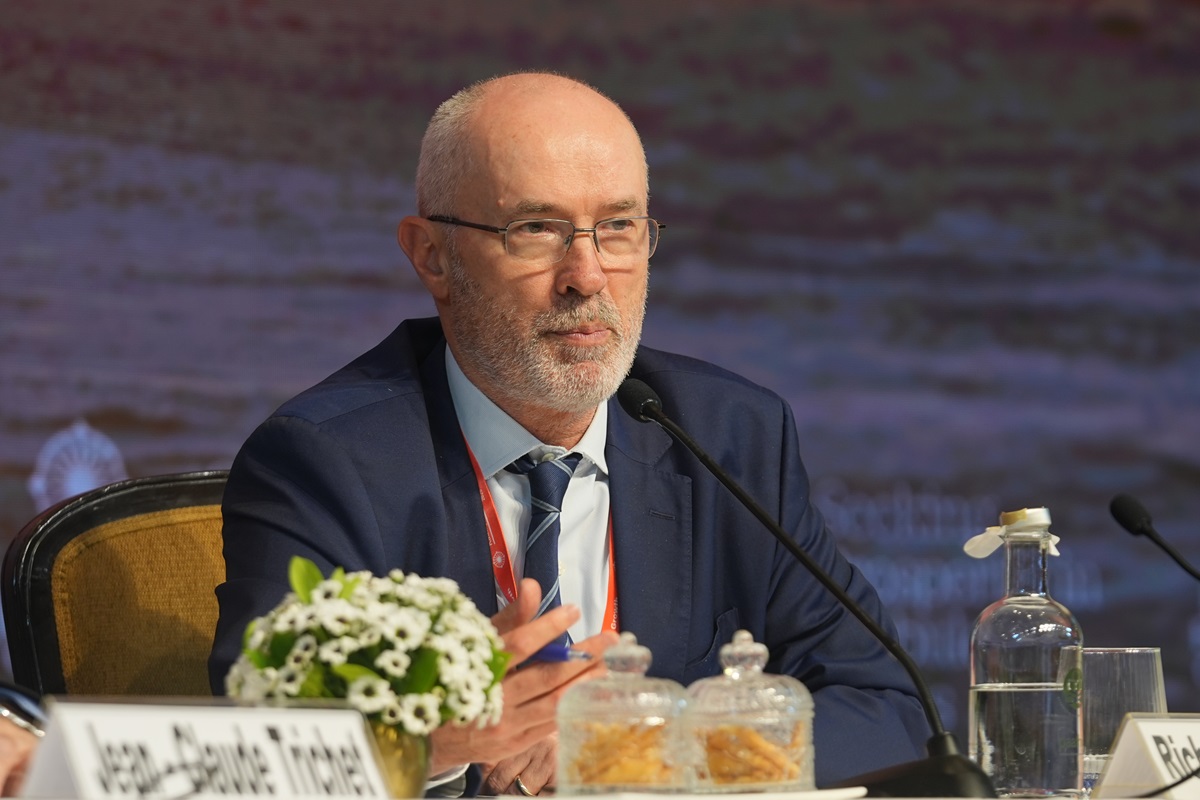EAM Dr. S. Jaishankar Address at the Kautilya Economic Conclave 2025
India’s External Affairs Minister, Dr. S. Jaishankar, delivered a wide-ranging and insightful address at the Kautilya Economic Conclave 2025, outlining the defining features of today’s turbulence and India’s strategy to navigate and rise within it. He began by remarking that “turbulent times may be an understatement,” emphasizing that the pace, scale, and simultaneity of global change are truly unprecedented. Every major dimension of the international system — from production and energy to technology, finance, and trade — is undergoing disruption.
Dr. Jaishankar illustrated this through several examples. In global production, he noted that one-third of manufacturing has now shifted to a single country, creating vulnerabilities in supply chains and prompting political and economic reactions from many others. In energy, the United States has transformed from a major importer into a significant exporter, while China has become a global leader in renewables. This, he observed, has fundamentally altered global strategic and economic balances.
Turning to technology and data, the Minister pointed out that the world today operates with competing governance models — an American model driven by private enterprise, a Chinese statist model, a European regulatory model, and increasingly, an Indian model that seeks to balance innovation with inclusivity. The rise of Big Tech, he said, has created unprecedented concentrations of power, reshaping global influence.
On finance, Dr. Jaishankar highlighted the growing use of economic tools as instruments of statecraft. The expanded use of sanctions, the seizure of sovereign assets, the proliferation of cryptocurrency, and the competition for rare earths and critical minerals have all redefined the contours of globalization. He also noted how technology controls and trade restrictions — once considered relics of the past — have returned as instruments of geopolitical rivalry.
Mobility and conflict have likewise changed. Demographic pressures are clashing with social anxieties about migration, and warfare has evolved into contactless, high-impact conflicts, as seen in recent global flashpoints. Together, these shifts define what he called an age of “weaponized interdependence,” where economic and technological tools are routinely used as geopolitical weapons.
Dr. Jaishankar described a world where the “global needle is moving from compacts to competition.” International rules are being weakened, and nations are prioritizing reliability and resilience over cost efficiency. He vividly compared this moment to “raising the height of the trapeze while removing the safety net” — a metaphor for rising global risks and shrinking buffers.
Analyzing global regions, the Minister observed that each faces unique challenges. The United States has become more self-interested, allowing national goals to dominate its global partnerships. China, though having mastered the old order, is caught in transition as new mechanisms and institutions take shape. Europe, once enjoying a “sweet spot” between the U.S., Russia, and China, now faces disruptions in all three relationships — security, energy, and trade. East Asia, especially ASEAN nations, finds itself squeezed between great-power rivalries, while Russia confronts a misalignment between its present objectives and future prospects.
Against this backdrop, Dr. Jaishankar asserted that India’s predicament is distinct. While other powers are focused on defending their current positions, India’s challenge is to rise — to convert global turbulence into a platform for growth. For India, he said, the response must be both external and internal: strengthening domestic capacity while cultivating multiple global partnerships.
He emphasized several key national priorities. These include deepening manufacturing, especially in advanced sectors such as semiconductors, electric vehicles, drones, and space technology; accelerating infrastructure development to drive connectivity and efficiency; investing in human capital through education and skills; diversifying trade partnerships to spread risk; and ensuring energy, food, and health security through a mix of national capacity and international collaboration.
The Minister underscored that India’s foreign policy posture — what he termed “multi-alignment” — seeks to build as many productive relationships as possible while ensuring none are exclusive or restrictive. This flexible and pragmatic approach, he said, allows India to maintain strategic autonomy and access to global opportunities in an era of fragmentation and flux.
Internally, India’s mission is to keep strengthening the building blocks of its comprehensive national power — manufacturing, skills, infrastructure, and governance. Over the past decade, Dr. Jaishankar noted, India has laid a strong foundation. The coming five years, he predicted, will test that foundation amid unprecedented global uncertainty. Yet, he expressed confidence that India’s approach — grounded in resilience, reform, and self-belief — will yield the results the nation seeks.
He concluded on a note of optimism: while turbulence defines the times, prosperity remains within reach if nations, like India, combine domestic strength with strategic adaptability and confidence in their national capabilities.
Photographs
KEC 2025 VIDEO







